Bromeliad Matchstick ( Aechmea Gamosepala, Matchstick )
This product is available for shipping only in Bangalore
- Native to Argentina and Brazil, the matchstick bromeliad is a semi-epiphytic plant that can be mounted on bark or driftwood, in the fork of a tree or other support, or grown in light, well-draining soil.
- As with most Bromeliads keep water in the basin formed by the rosette of foliage and you can allow the soil to become moderately dry between waterings.
- It will always enjoy high humidity as well as shade during much of the day.
Plant Height: approx 35 inches including the pot
Pot size : 6 inches nursery pot
- Estimated Delivery : Up to 3 business days
- Free Shipping & Returns : On all orders over ₹550 in Bangalore
The Matchstick Bromeliad has bright-green leaves with smooth edges. It grows around 30 cms tall and suckers quickly, forming nice clumps in a short period of time. Matchstick Bromeliad bears upright inflorescences with pink calyces and bluish-purple flowers that are produced during the warmer months and followed by round, pink berries. It looks very exotic, is easy to grow as it is quite hardy, and also goes well in pots indoors. Like many bromeliads, it should not be allowed to dry out, but should always have water in the cup of the plant. Also one of the most cold-hardy and easy-to-grow bromeliads! The Matchstick Plant produces dense spikes of purple-tipped, pink “matchsticks” beginning in mid-winter on sturdy upright to arching spikes that emerge from the centre of the medium green glossy rosettes of nearly spineless foliage. This easily enjoyed bromeliad readily produces pups or offsets and is typically grown in soil but can also be grown as a semi-epiphyte on a board as well.
Plant Care: Bromeliad Matchstick is a easy growing plant. They love water on their leaves. Full Sun – 8 hours or more of direct sunlight; Partial Sun or Partial Shade – 4-6 hours of direct sunlight; AM Sun or Morning Sun or Cool Sunlight – cool sunlight but usually in the shade during the heat of the day; Light Shade – Bright indirect sunlight for much of the day; Filtered Shade – may receive some amount of direct moving sunlight like through trees but usually not for an extended period especially during the heat of the day; Shade – no or very little direct sunlight, especially not during the heat of the day.
General advise about Outdoor plants: Don’t kill your plants with kindness by overwatering. The is the most common mistake gardeners make. Different plants need different levels of moisture between watering. Some plants like moist soil between watering’s, while others prefer to dry out completely.
- Check the soil between watering’s with a stick, or even your finger, pushing below the top layer of soil or mulch to determine how moist the soil is.
- A watering can is an excellent choice for watering plants. Water well around the base.
- Water plants thoroughly. Water should run away from the edges of the plant or drain from the hole in the bottom of the pot.
Plants have individual nutrition needs, and beginning gardeners should be careful not to overfeed their plants. New plant installations will not need fertilizers or food of any kind for the first three months as they come from the nursery prepared for transplant.
Plant fertilizers come in three forms:
- Water-soluble: a liquid mixed with water and poured on the plant
- Spikes: a solid food that is pushed directly into the soil and releases nutrients slowly
- Granular: sprinkled around the base of a plant and watered in.
At the nursery these plants are grown under 40-70% shade cloth. If you plant this plant in a brightly lit area (like direct sun) you may experience leaf burn. It is best to acclimate this plant to its environment by keeping it outside and slowly moving it into a sunny area over a week or two to avoid stress before planting.
Keep an eye open for harmful insects or disease on new plant material. New plantings are not as strong as established plants, so they do require more attention. If you see a concern, you can research the issue or contact us for advice.
** Plants photos are for representation purpose only. We will make best efforts to send the plants as in photos itself, however it is not always guaranteed as plants might overgrow or shrink depending on the season, care or age. Trust us, we want to give you the best.
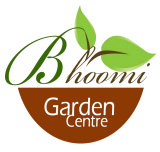
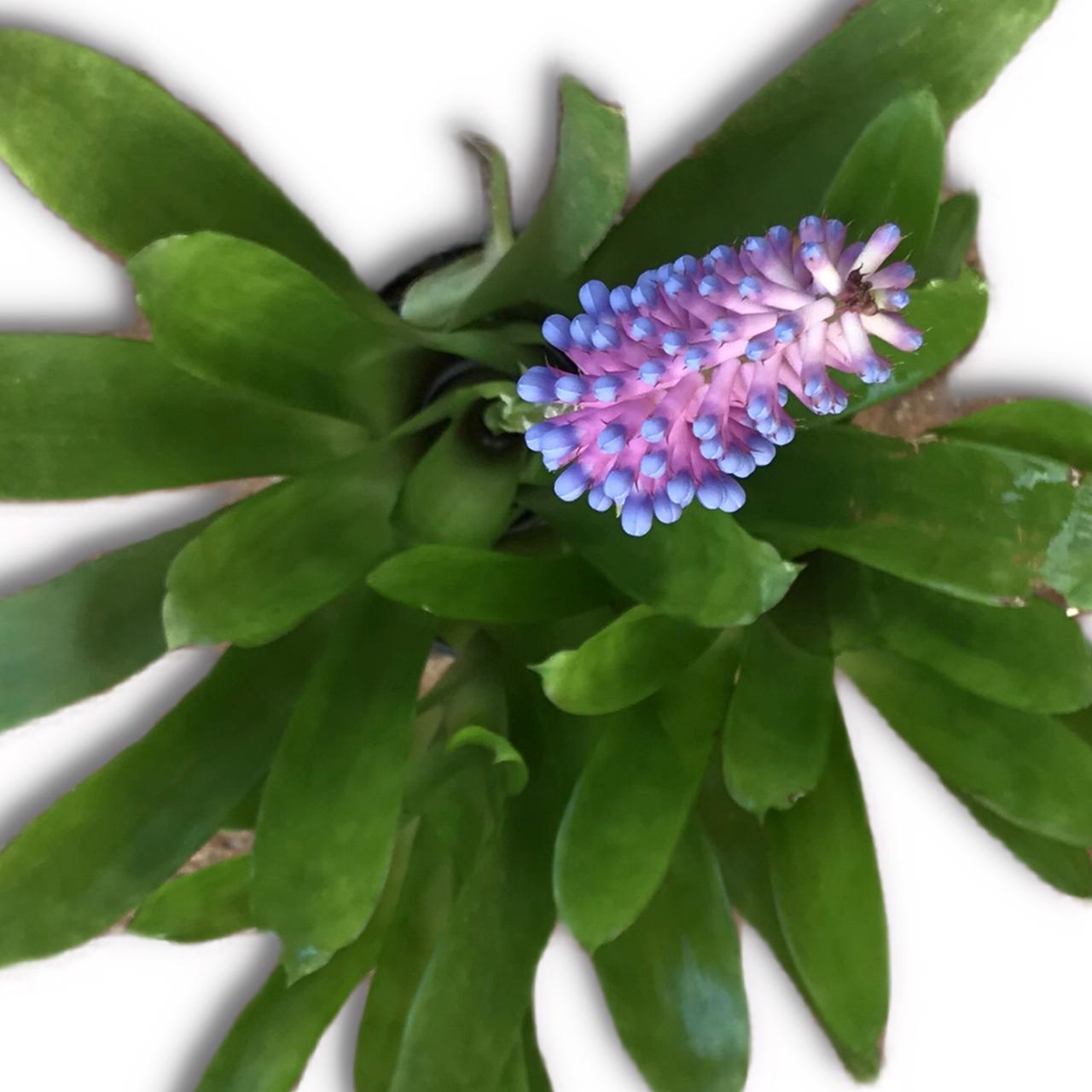
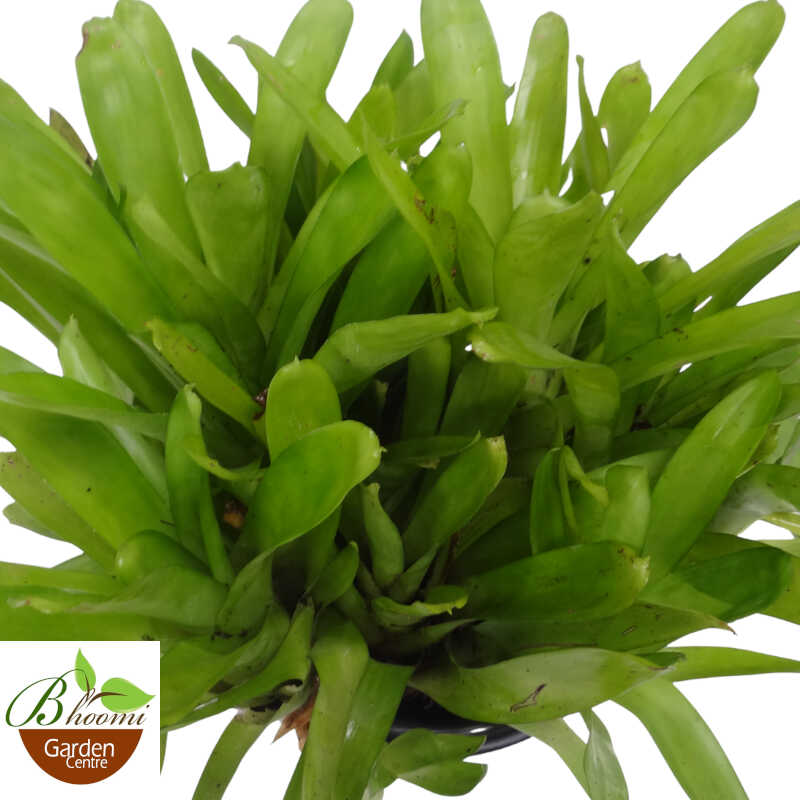
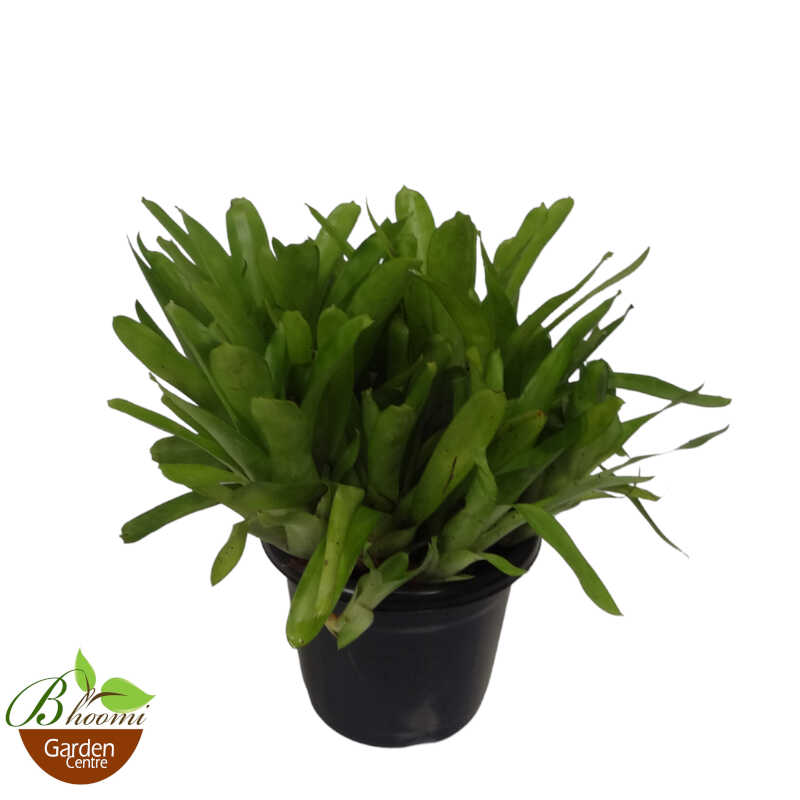
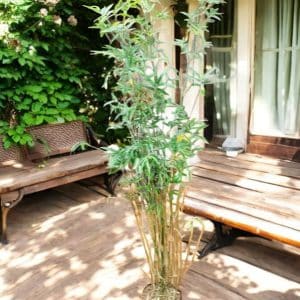

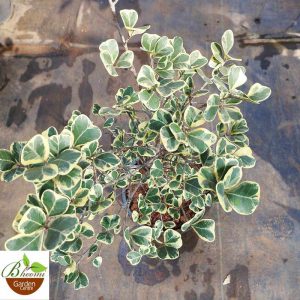
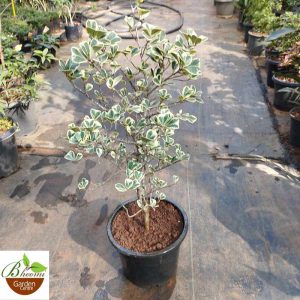
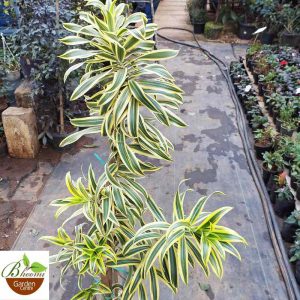
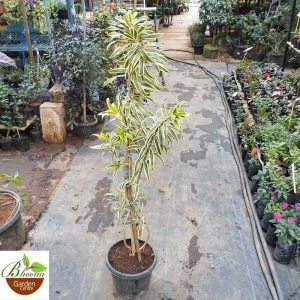
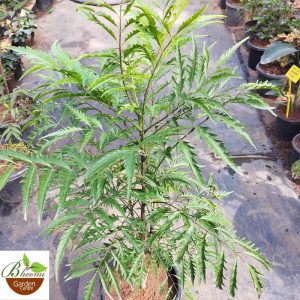
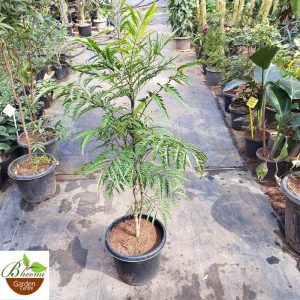
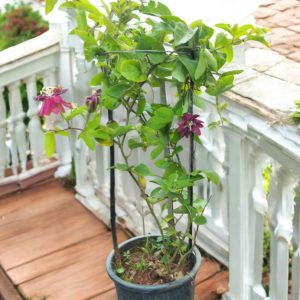
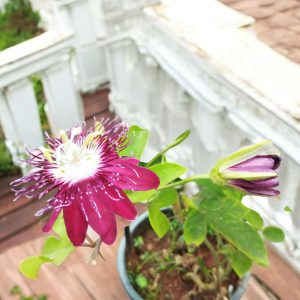
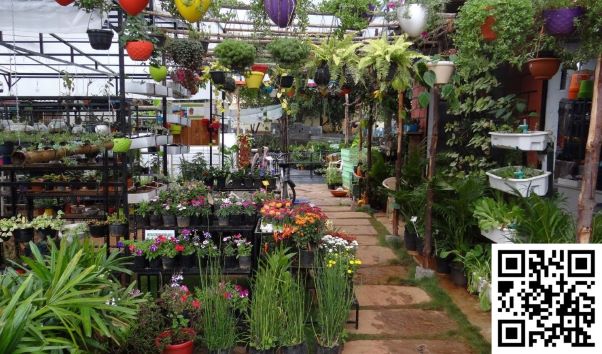
Reviews
There are no reviews yet.